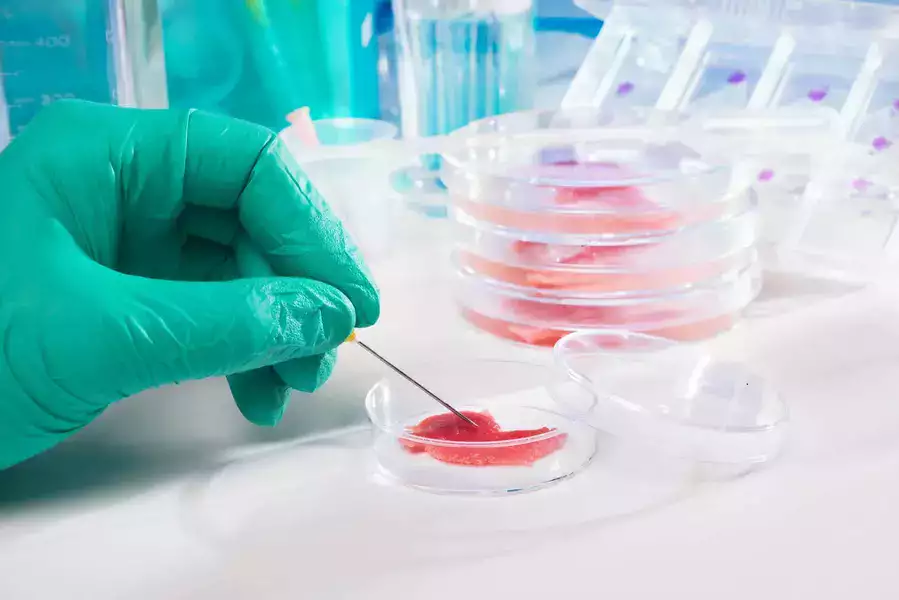Embryonic Stem Cells

The potential use of stem cells for treating a large number of biological process, chronic, or inborn diseases which are not curable is one of the foremost exciting frontiers in medication. The cell replacement techniques are notably relevant in organs and tissues that have a very little capacity for self-repairment. One such organ is that the nerve cells, brain, or neurons are glorious to be restricted in their capacity to regenerate various illness or harm, and also the neural structure and adult brain seem to own the restricted power to supply new neurons within the human body. This is one of the reasons - why the recovery is often restricted.
The aim of cell replacement is to develop new therapies wherever stem cells are initial intragenic to differentiate into specified cells of selection, then administered into the patient to replace the dysfunctional or broken tissues. It is hoped that the integration and replacements of the lost cells are able to restore behaviors and functions compromised by the disease and element condition.
Embryonic stem cells possess 2 quality that creates them particularly similar important for stem cell medical treatment. First, because of embryonic stem cells are obtained from early blastocysts, they are at the awfully early biological process stage, and retain the flexibility to become any of the quite hundreds of cell varieties that structure the complete soma. By administrating the right combination of cells, embryonic stem cells can transform adult mature cells that may operate as muscles, bone, blood or alternate required cells. Stem cells with such flexibility are shown as “pluripotent,” to show their higher potential to differentiate into the better healthy style of cell types.
The second feature of embryonic stem cells is the ability they have to stay in an associate uniform state and to divide into large number indefinitely. This quality of “self-renewal” means basically unlimited numbers of well-defined, identical, genomically characterized and genetically stem cells may be created for medical use and research.